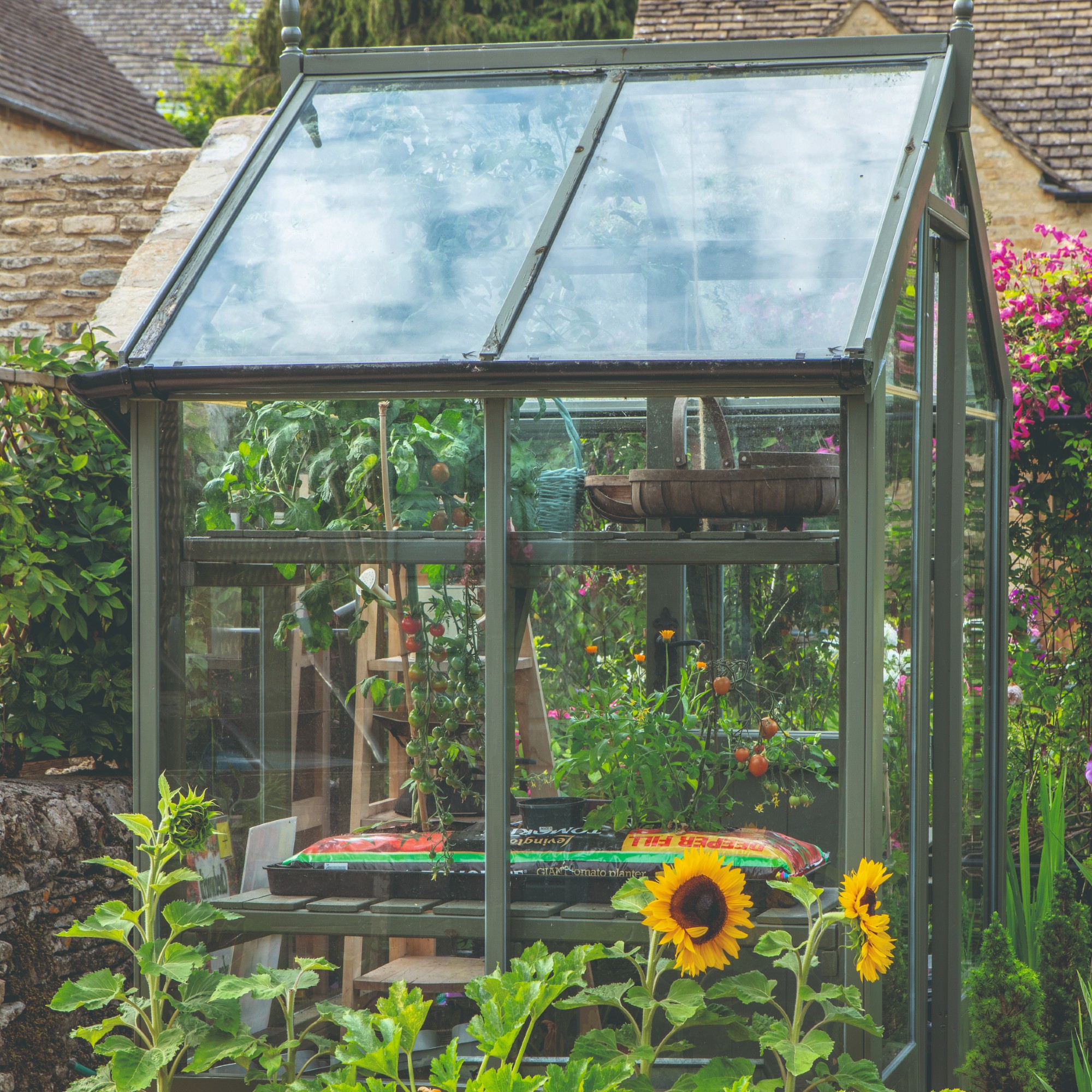
If you've been anxiously trying to figure out how to get rid of fungus gnats, you're not alone: while many are considered to be harmless, there are some species that have been deemed garden plant pests, thanks to their unfortunate habit of breeding in damp compost.
Now, while there are some plants that repel pests, the pesky fungus gnat tends to be drawn to seedlings and cuttings – not to mention our most treasured house plants, too.
'In the open garden fungus gnats are not a problem and part of a well balanced biodiverse garden ecosystem,' say experts at the Royal Horticultural Society (RHS) reassuringly. '[They] are really only of concern if they are causing damage to seedlings or cuttings; established plants are not harmed.'
That caveat in place, then, let's dive on in...
Just as (metaphorically speaking) there's more than one way to skin a cat, so, too, is there more than one way to banish fungus gnats from your garden or greenhouse.
1. Remove excess water

It's a good idea to brush up on the biggest garden watering mistakes if you find yourself repeatedly plagued by fungus gnats, as overwatering is often the root cause of an infestation.
'Fungus gnats love damp conditions and wet soil so it's really important to let your soil dry before re-watering your plant, and to ensure your soil is well-draining,' says Morris Hankinson, director of Hopes Grove Nurseries.
'Of course, you still need to be watering your plants enough to keep them healthy and thriving!' he adds.
2. Add grit
Not sure how to get rid of fungus gnats? Grit could prove the answer, promises Morris.
'If fungus gnats manage to get into your plant's soil, they lay eggs which can be tricky to get rid of (and they then turn into fungus gnats who lay eggs and it becomes a continuous cycle),' he says.
'By adding a layer of grit or mixing it into your compost/soil, you can effectively create a barrier that prevents the fungus gnats from infiltrating the soil and laying eggs.'
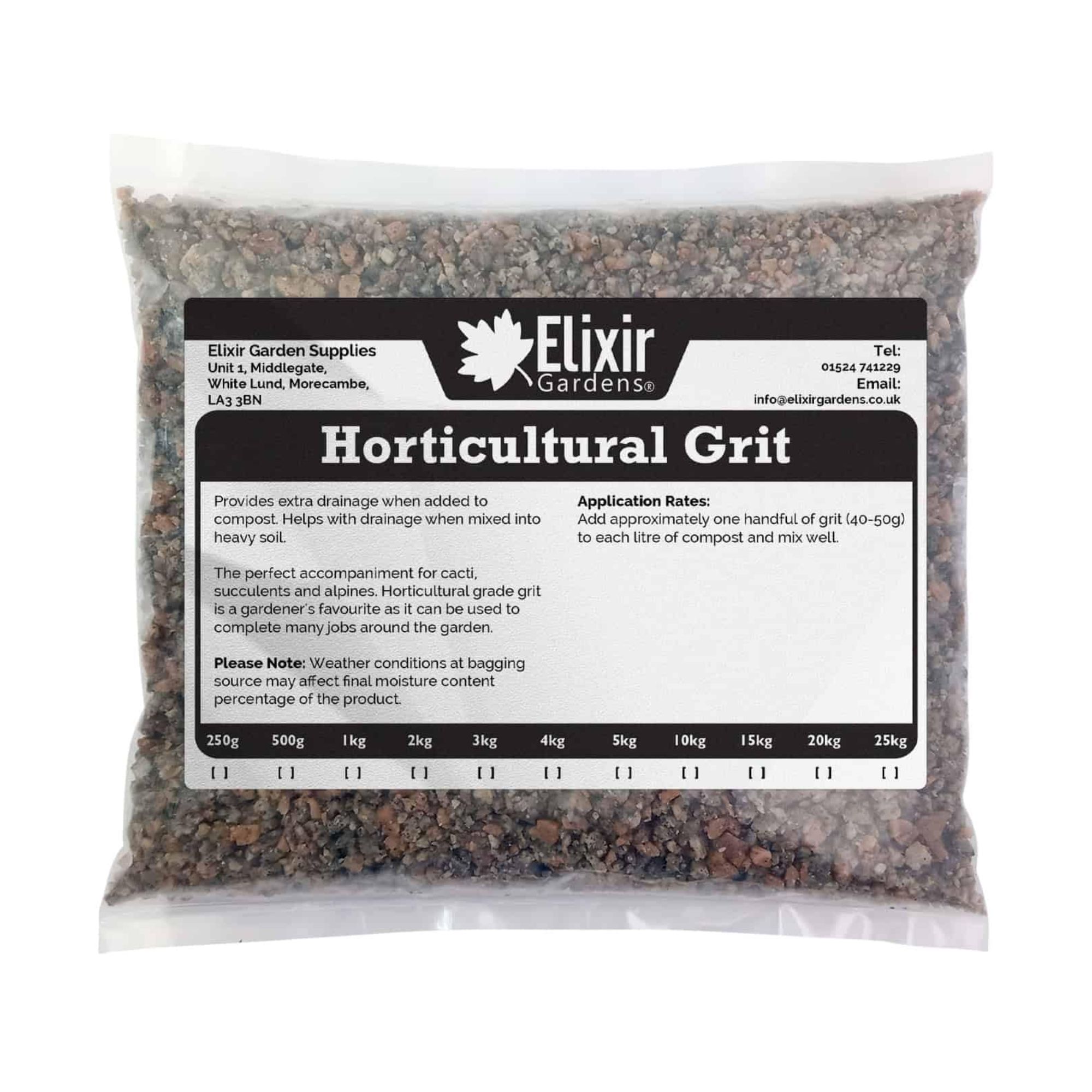
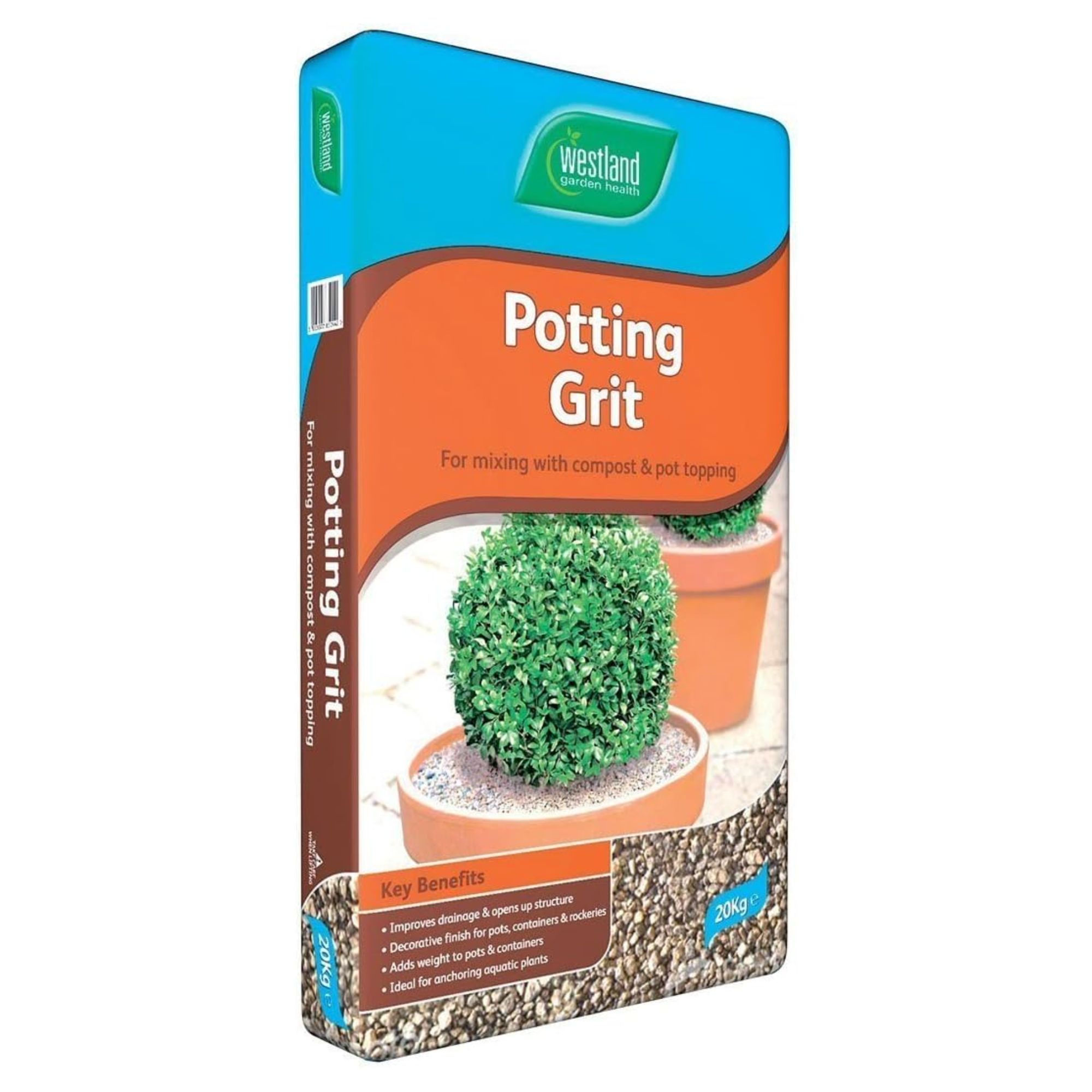
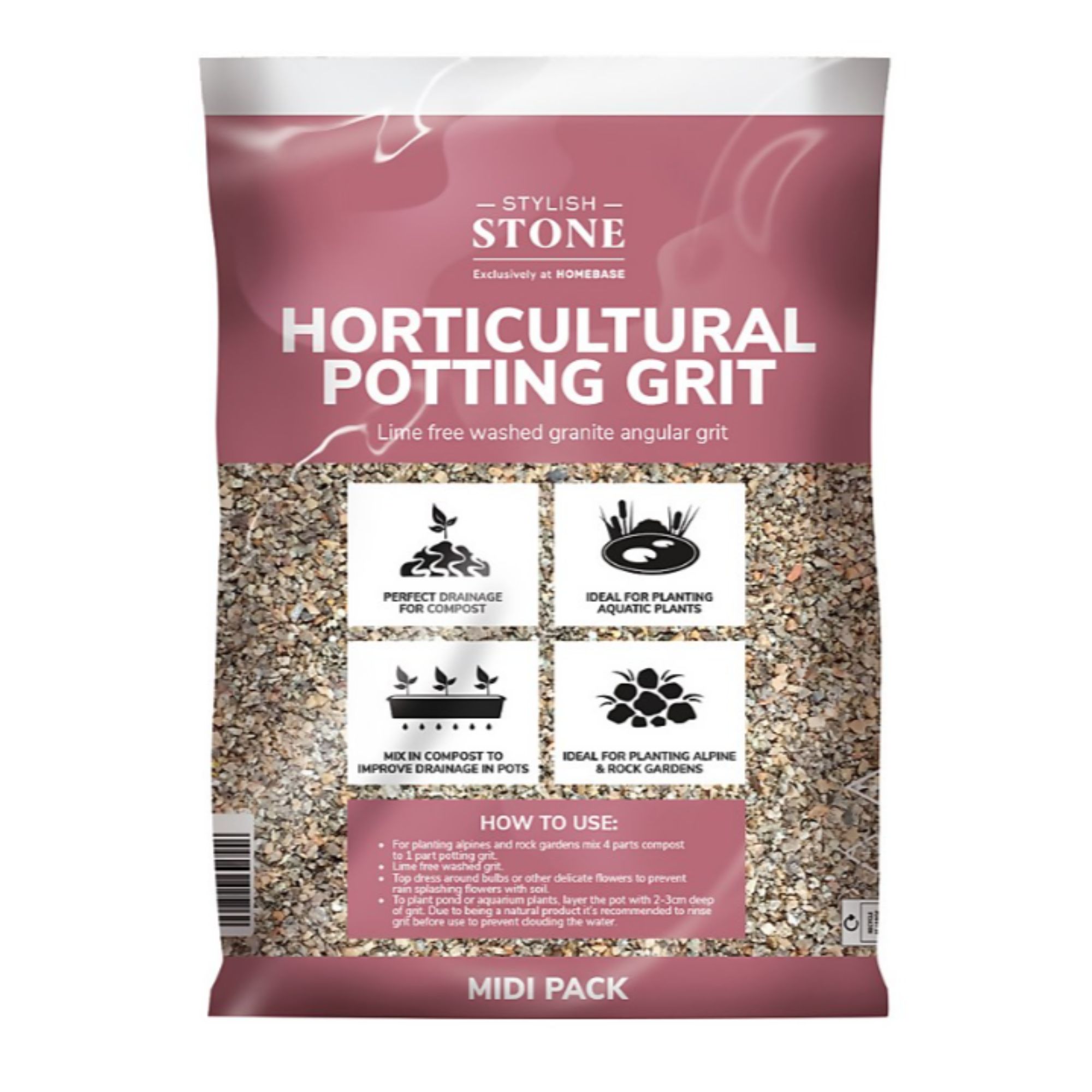
3. Set out bowls of vinegar

Forget learning how to get rid of fungus gnats; make an effort to keep them away from the get-go!
'Where possible, try and keep fungus gnats away from your plants so they don't get the chance to lay eggs in your soil,' says Morris. 'Try leaving a bowl of vinegar out near your plants, as fungus gnats are attracted to the scent so will fall into the bowl rather than your plant pot.'
4. Try yellow stickers
One of the most famous ways to get rid of fungus gnats is the yellow sticker trap. As small insects are attracted by bright yellow colours, they'll be drawn to something like Amazon's Blooven 60 PCS Fruit Fly Traps in no time.
Then, once they land, the sticky surface trap them and they won't be able to escape. However, the RHS warns that 'these traps can catch large numbers of non-target insects, including predators'. From the end of July 2024 glue traps for rodents have been banned, so do use this method for flies with caution.
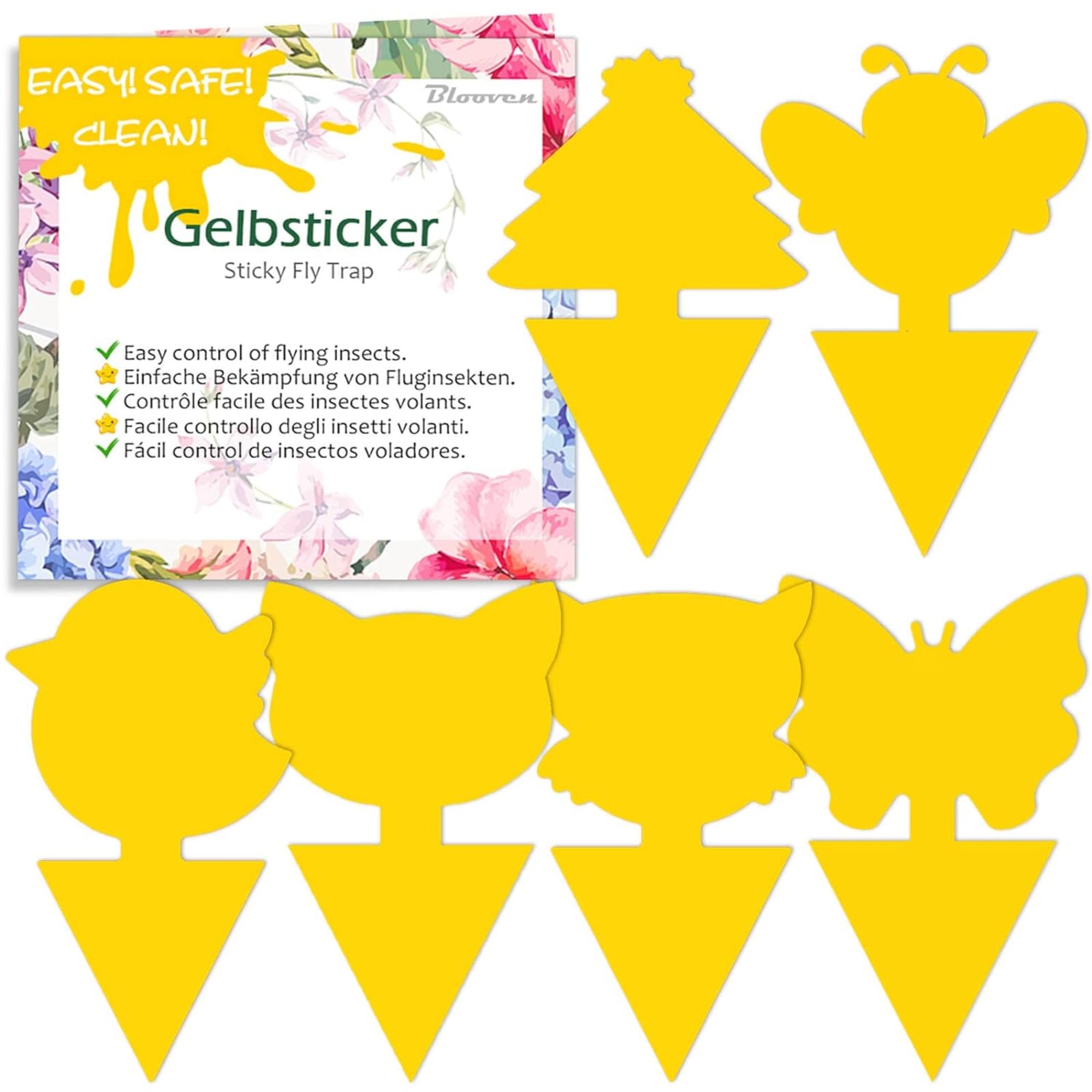
5. Re-pot your plants
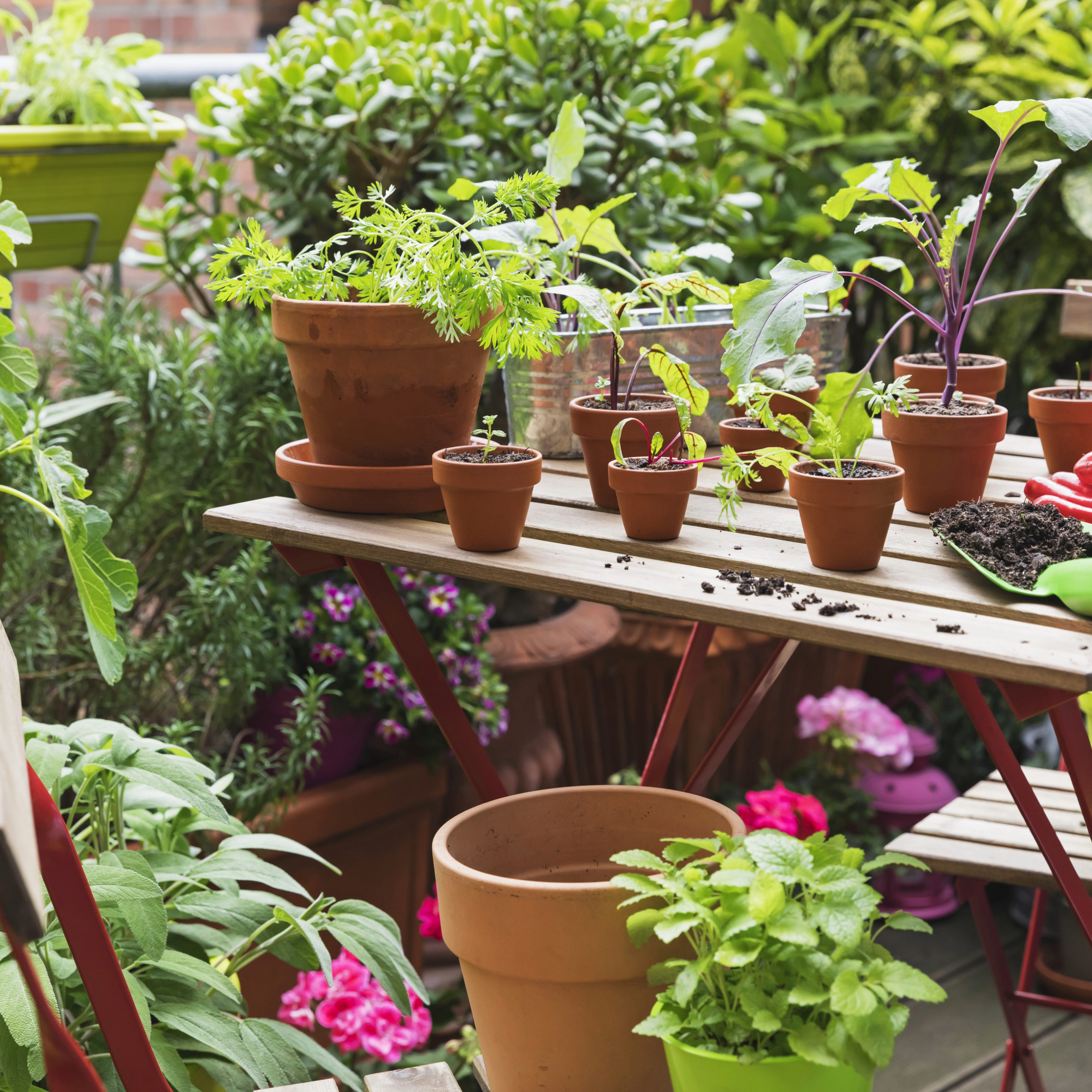
If none of the above has worked, it's time to set to work rehoming all of the plants in your container garden ideas.
'In worst case scenarios where your fungus gnat infestation is out of control, you may need to re-pot your plants,' says Morris.
'If you set to work doing so, be very careful that you remove all fungus gnats (and larvae) before re-potting as you will encounter the same issue again if not.'
FAQs
What kills fungus gnats in houseplants?
If you have fungus gnats in your houseplants, it's a good idea to learn how to use nematodes.
'Nematodes are an effective form of biological pest control and both professional and home gardeners have been applying them to safeguard their plants from pests and fungus gnats for decades. But many people don’t know that nematodes can be applied to houseplants, too,' says Matt Martin of Nemasys Beneficial Nematodes.
'To apply nematodes to your houseplants, add the required amount of product with water into a watering can and mix well, then water your houseplants as normal,' he continues.
'If the whole packet isn’t needed, it can be safely stored in the fridge and applied a few days later – just make sure they are covered with the protective film and sleeve to prevent spillage. Use the remaining nematodes as soon as possible, as they will lose their effectiveness after being opened for a few days.'
The RHS warns, however, that 'nematodes can potentially affect other insects and the predators can feed on invertebrates other than sciarid fly larvae'.
Do sticky traps work for fungus gnats?
You will have likely heard that sticky traps work for fungus traps, particularly these yellow stickers from Amazon. The rumours are true; the yellow colour attracts the pests, which are held securely by the odourless special glue, making them easy to dispose of.
'Adult fungus gnats can be controlled using sticky traps,' says Matt Martin of Nemasys Beneficial Nematodes. 'They do not live for very long but can reproduce very quickly, however, so controlling the larvae is the most efficient approach.'
And just like that, you know how to get rid of fungus gnats safely and efficiently. Just be sure to only do so if they really are causing a problem, as even these pesky flies can prove beneficial to your garden's ecosystem if given the chance.







